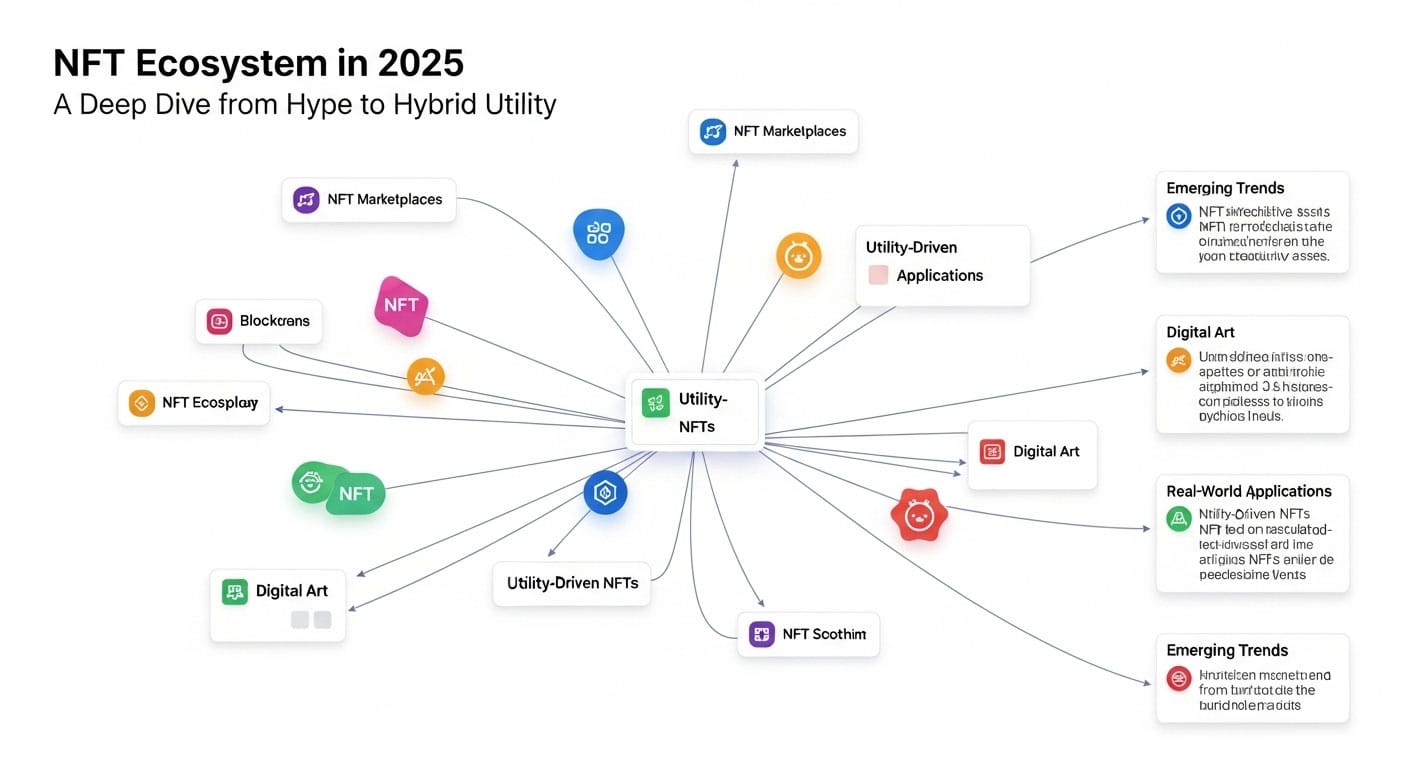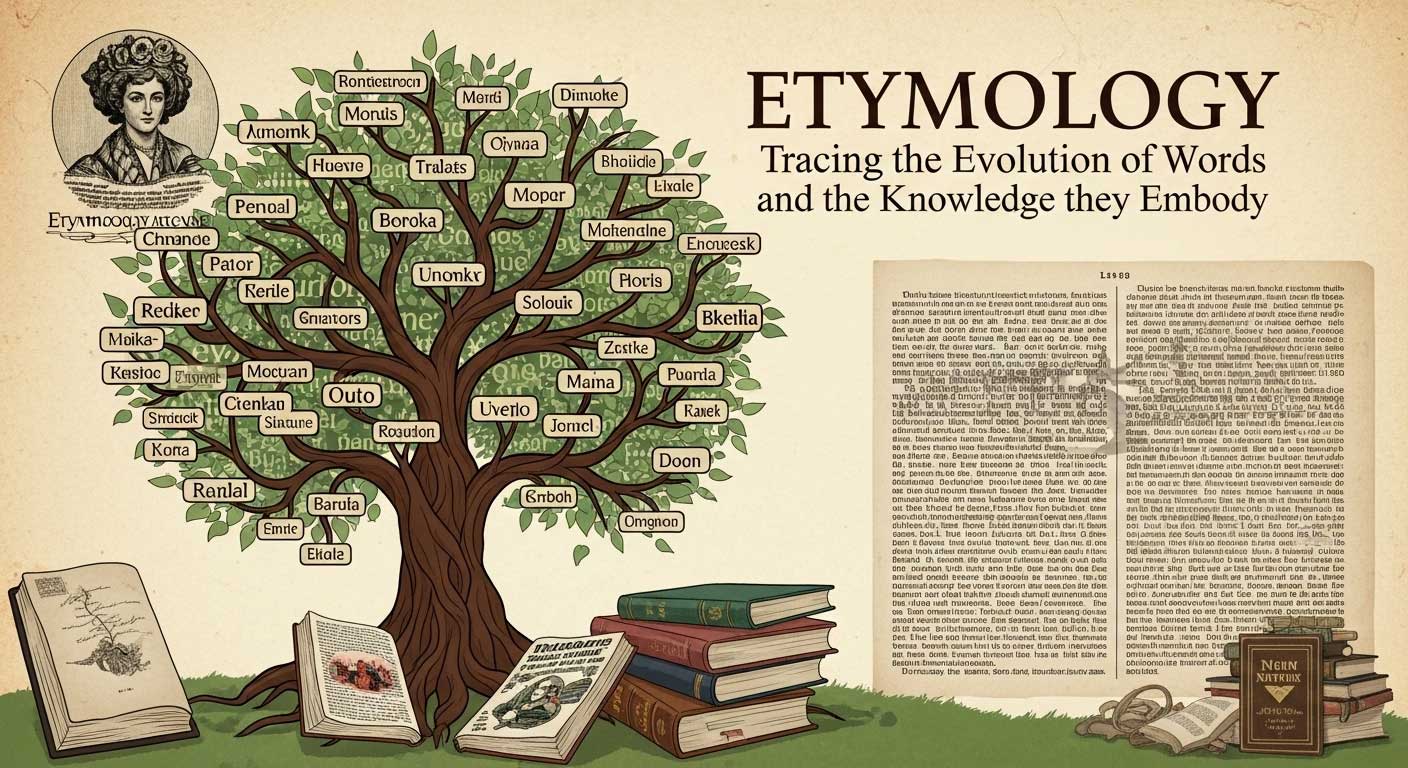Pablo Picasso Quotes on Art hWDJ
The purpose of art is washing the dust of daily life off our souls.
By: Pablo Picasso
The Transformative Power of Art
Art has a profound ability to cleanse our inner world, much like a refreshing shower washes away the day’s grime. Pablo Picasso, one of the most influential artists in history, once said, “The purpose of art is washing the dust of daily life off our souls.” This statement captures the essence of art’s role in our lives: it’s not just about creating or admiring beauty, it’s a vital process that helps us maintain our emotional and spiritual well-being.
Every day, we are bombarded with tasks, responsibilities, and the constant noise of the digital world. This relentless pace can cloud our perspective, making us lose sight of what truly matters. Art serves as a sanctuary, a place where we can retreat to find clarity, inspiration, and peace.
Art as a Source of Motivation and Productivity
When we engage with art, whether by creating it or experiencing it, we tap into a source of motivation and productivity. Art stimulates our brains, evoking emotions and thoughts that can lead to a burst of creativity in other areas of our lives. A study of the brain’s response to art found that viewing art can actually cause a surge of dopamine, the neurotransmitter associated with pleasure and motivation, in the brain’s frontal cortex.
Moreover, art encourages us to take a break, to pause and reflect. This act of slowing down is crucial in a world that often values speed over quality. By taking the time to appreciate or create art, we are giving ourselves the opportunity to recharge and return to our daily tasks with renewed energy and focus.
Improvement Advice Through the Lens of Art
Art teaches us valuable lessons about improvement and growth. Here are some ways in which art can guide us on our journey to becoming better versions of ourselves:
- Embrace Imperfection: Art is often about expression, not perfection. It reminds us that the process is just as important as the end result, and that mistakes can lead to unexpected discoveries.
- Practice Patience: Creating art requires patience. Similarly, personal growth is a gradual process that cannot be rushed.
- Value Perspective: Just as every viewer may interpret a piece of art differently, we can learn to appreciate different perspectives in life and understand that there is more than one way to approach a problem.
- Seek Inspiration: Art can inspire us to think outside the box and find new solutions to challenges we face.
- Connect with Others: Art has the power to bring people together, fostering empathy and understanding. By connecting with others, we can learn and grow together.
Art is not a luxury, but a necessity for a balanced, fulfilling life. It’s a tool that can help us navigate the complexities of our existence, providing solace and joy in equal measure.
Art in Everyday Life
Integrating art into our daily routine can be simpler than we think. It doesn’t require expensive supplies or a fine arts degree. Here are some ways to incorporate the benefits of art into everyday life:
- Decorate Your Space: Surround yourself with art that speaks to you. It can be as simple as hanging a poster of your favorite painting or setting a beautiful photograph as your desktop wallpaper.
- Get Creative: Doodle in your notebook, take up a craft, or write a poem. Engaging in creative activities can be a great outlet for self-expression and stress relief.
- Visit Art Spaces: Spend some time at a local museum, gallery, or art fair. These spaces are designed to immerse you in the art experience and can be a great source of inspiration.
- Explore Art Online: The internet is a treasure trove of art. Follow artists on social media, watch tutorials, or take a virtual tour of a museum.
- Attend Performances: Art isn’t just visual. Enjoy a concert, play, or dance performance to experience the emotional power of performing arts.
By making art a part of our lives, we can continually refresh our spirits and maintain a sense of wonder and curiosity about the world around us.
Conclusion
Picasso’s insight into the purpose of art is a reminder that our souls need care just as much as our bodies do. Art is a powerful tool that can help us maintain our mental and emotional health, inspire us to be more productive, and motivate us to improve ourselves. It’s an invitation to pause, reflect, and cleanse our inner world from the dust of daily life. So, let’s embrace art in all its forms and allow it to rejuvenate our souls.
FAQs about The Purpose of Art
- Why did Picasso say art washes the dust of daily life off our souls?
Picasso believed that art has a cleansing effect on our inner selves. It provides a respite from the mundane and the stressful aspects of daily life, refreshing our spirits and giving us a renewed sense of inspiration.
- How can art motivate us?
Art can motivate us by stimulating our brains, evoking emotions, and inspiring us to think creatively. It can also encourage us to take breaks and return to our tasks with a fresh perspective and renewed energy.
- Can art really improve productivity?
Yes, art can improve productivity by providing a mental break, which can help prevent burnout. It also encourages creative thinking, which can lead to more innovative problem-solving in other areas of work or study.
- Is art only for artists or can anyone enjoy its benefits?
Art is for everyone. You don’t have to be an artist to create or appreciate art. Engaging with art in any form can provide emotional and psychological benefits to anyone.
- What are some simple ways to incorporate art into my daily life?
Simple ways to incorporate art into your life include decorating your living space with art, engaging in creative hobbies, visiting art spaces, exploring art online, and attending performances.
- Does art have to be visual?
No, art is not limited to visual forms. It includes performing arts like music, dance, and theater, as well as literary arts like poetry and storytelling.
- How can art help with stress?
Art can help with stress by providing an outlet for self-expression, serving as a distraction from worries, and allowing for a meditative, calming experience.
- Can looking at art have the same benefits as creating it?
Yes, looking at art can also provide benefits such as emotional release, inspiration, and a sense of connection to others and the world around us.
- How can art foster personal growth?
Art fosters personal growth by teaching us to embrace imperfection, practice patience, value different perspectives, seek inspiration, and connect with others.
- Is it important to understand art to enjoy its benefits?
No, it’s not necessary to have a deep understanding of art to enjoy its benefits. The emotional and psychological effects of engaging with art can be experienced by anyone, regardless of their level of art knowledge.










